Removing an original 1925 cabinet
JHZR2
9 years ago
Related Stories

REMODELING GUIDESOriginal Home Details: What to Keep, What to Cast Off
Renovate an older home without regrets with this insight on the details worth preserving
Full Story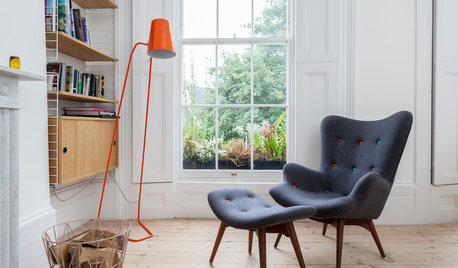
FLOORS10 Ways to Make the Most of Your Home’s Original Floors
Save yourself the cost of replacing your old floorboards with these tips for a new finish
Full Story
REMODELING GUIDESLove the One You're With: Honoring a Home's Original Charm
Before you jump into teardown mode, consider these 3 examples of homes whose quirkiness is a draw
Full Story
WALL TREATMENTSRoom of the Day: Original Mural Brings Joy to a Formal Dining Room
French inspiration gives traditional style a twist in this Victorian-era home
Full Story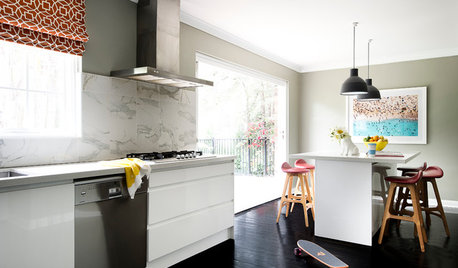
FLOORS11 Distinctive Finishes for Original Floorboards
Whether you go for glossy, painted or matte boards, make your wood floor the star
Full Story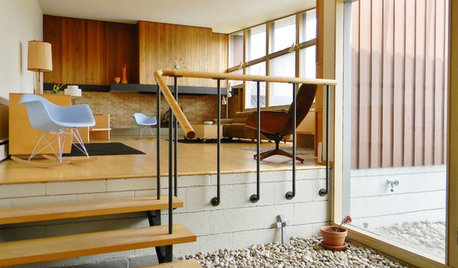
HOUZZ TOURSMy Houzz: Original Drawings Guide a Midcentury Gem's Reinvention
Architect's spec book in hand, a Washington couple lovingly re-creates their midcentury home with handmade furniture and thoughtful details
Full Story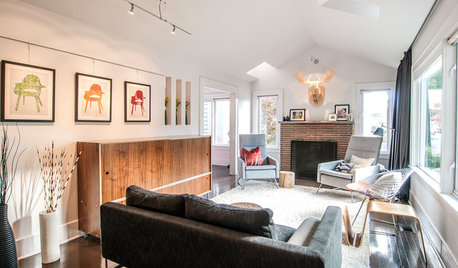
CONTEMPORARY HOMESHouzz Tour: Original Charm and New Light in Seattle
Balancing period features with a contemporary makeover, this 1918 bungalow has character to spare
Full Story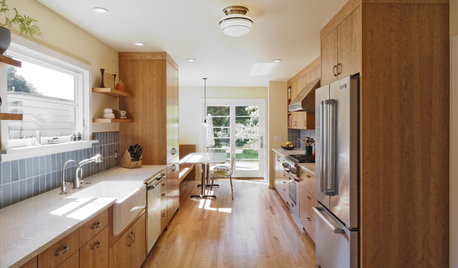
KITCHEN DESIGNKitchen of the Week: Connected, Open Oregon Remodel
Removing a chimney, a half-cabinet and a countertop helped create elbow room and an open flow for a galley-style kitchen in Portland
Full Story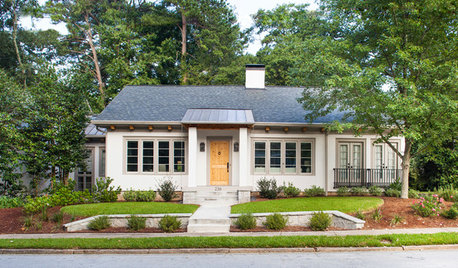
BEFORE AND AFTERSHouzz Tour: A Georgia Foreclosure Gets a Major Overhaul
Gutting and redesigning turn a mishmash 1925 home into a unified haven with better flow
Full Story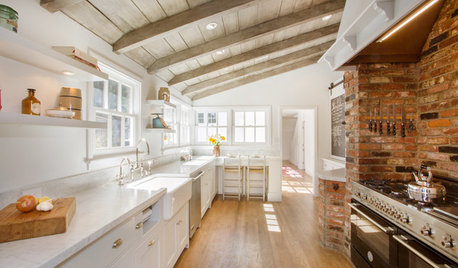
KITCHEN DESIGNKitchen of the Week: Brick, Wood and Clean White Lines
A family kitchen retains its original brick but adds an eat-in area and bright new cabinets
Full StoryMore Discussions






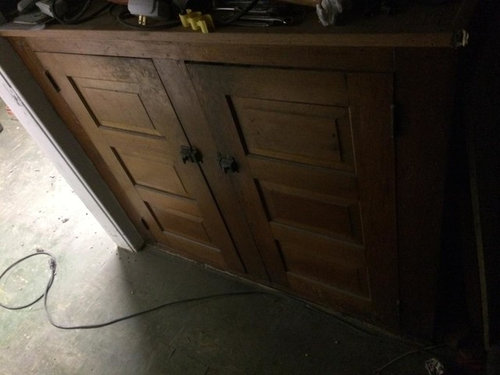
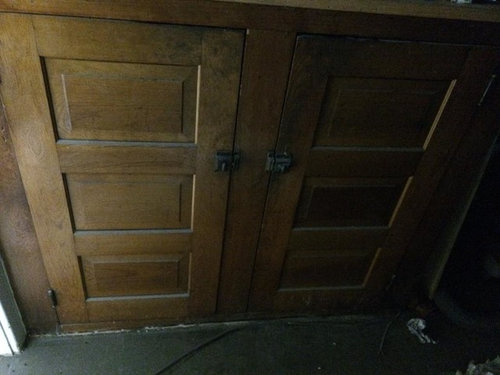




Jillius
ajc71
Related Professionals
Manchester Kitchen & Bathroom Designers · White House Kitchen & Bathroom Designers · Beachwood Kitchen & Bathroom Remodelers · Cloverly Kitchen & Bathroom Remodelers · Bremerton Kitchen & Bathroom Remodelers · Jacksonville Kitchen & Bathroom Remodelers · Lyons Kitchen & Bathroom Remodelers · Martha Lake Kitchen & Bathroom Remodelers · North Arlington Kitchen & Bathroom Remodelers · Spokane Kitchen & Bathroom Remodelers · Wilson Kitchen & Bathroom Remodelers · York Kitchen & Bathroom Remodelers · South Jordan Kitchen & Bathroom Remodelers · Red Bank Cabinets & Cabinetry · Santa Monica Tile and Stone Contractorsrococogurl
Joseph Corlett, LLC
sombreuil_mongrel
GreenDesigns
missymoo12
Joseph Corlett, LLC
desertsteph
rmtdoug
_sophiewheeler
JHZR2Original Author